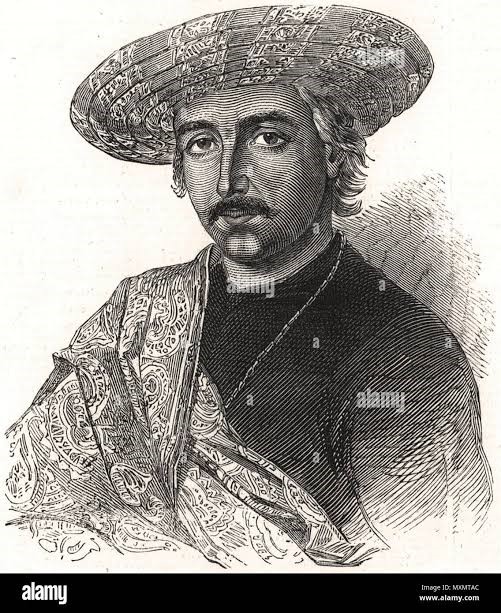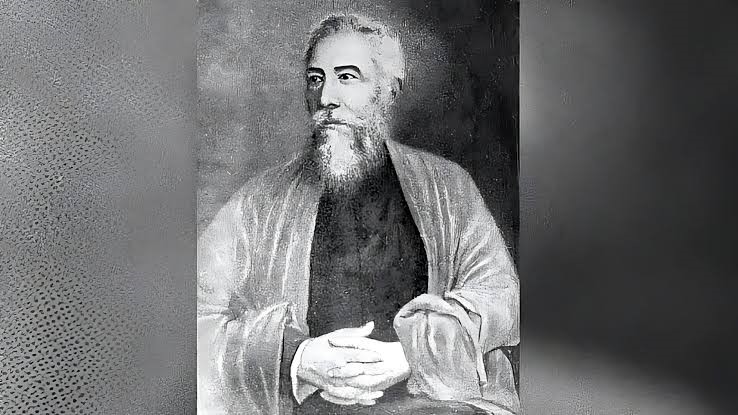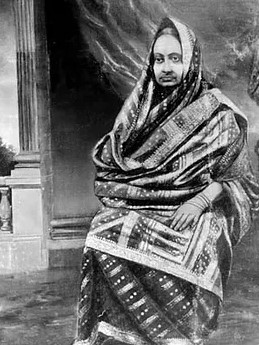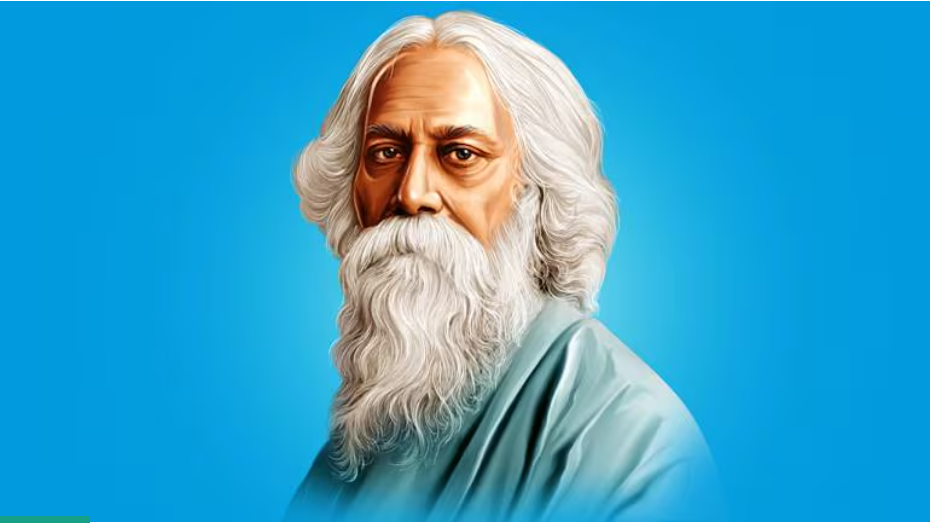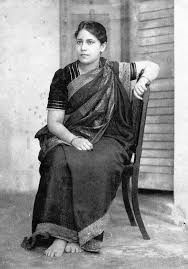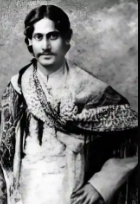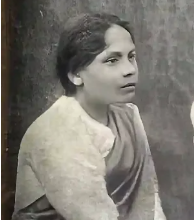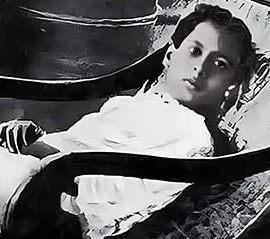Dwarkanath Tagore
Dwarkanath Tagore (1794–1846) was a pioneering Bengali industrialist and social reformer, renowned as one of the first Indian entrepreneurs to collaborate extensively with the British during the Bengal Renaissance. Born into the influential Tagore family of Calcutta, he inherited vast zamindari estates and founded the Jorasanko branch, later producing luminaries like his grandson Rabindranath Tagore . Dwarkanath’s business ventures spanned banking, shipping, tea, coal, and more-he co-founded Carr, Tagore and Company and established the Union Bank, amassing great wealth and earning the moniker “Prince Dwarkanath.” Closely associated with reformer Rammohun Roy, he was instrumental in establishing the Brahmo Sabha, a precursor to the Brahmo Samaj, and was active in social and political circles. However, his legacy was marred by controversies, including his ownership of brothels and the financial ruin caused by the economic downturn of the late 1830s, leaving his family in debt. Dwarkanath died in London in 1846, but remains remembered as a visionary who played a significant role in India’s early industrial and social transformation.
